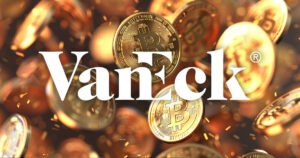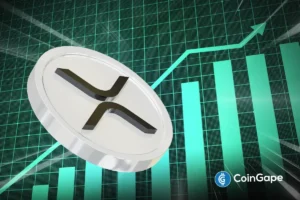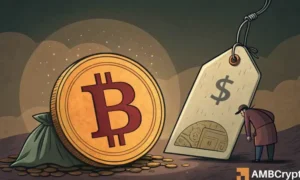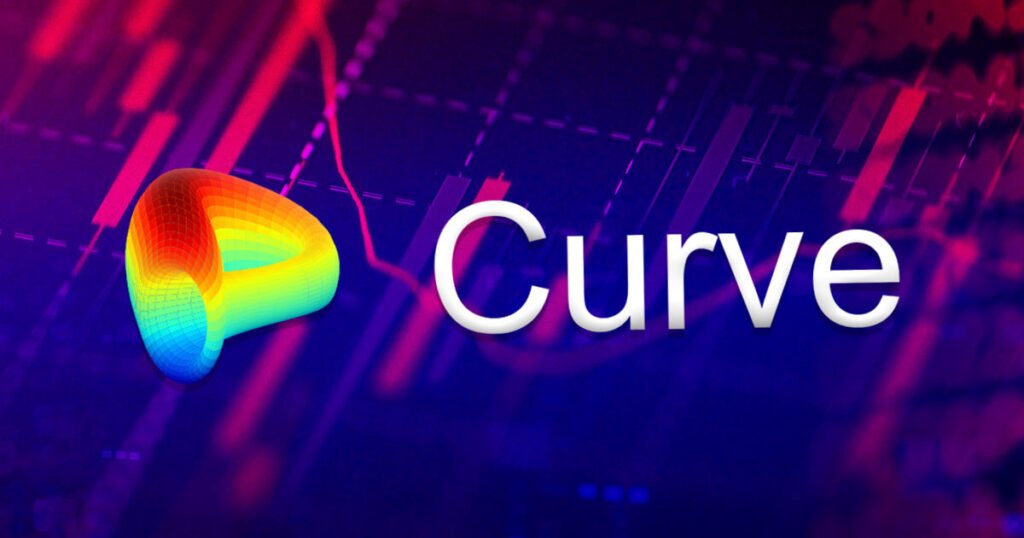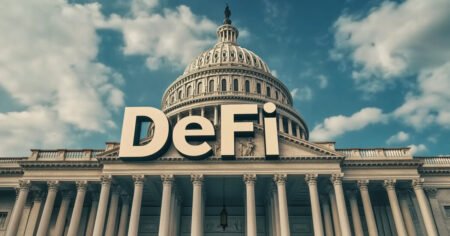Michael Egorov, the founder of Curve Finance, recently faced liquidation after the CRV token plummeted to an all-time low of $0.219. On-chain analyst EmberCN reported that Egorov’s lending positions were largely liquidated, totaling around 100 million CRV, valued at $27 million. However, he still holds 39.35 million CRV, securing $5.4 million in stablecoins on a lending platform. Despite this, his remaining assets are not at immediate risk of liquidation as the loan health rate has surpassed 1. Egorov’s situation triggered widespread CRV liquidations across various platforms, potentially disadvantaging lenders and former CRV investors.
Arkham Intelligence previously warned that Egorov’s substantial borrowing on Curve Finance could disrupt the market. Last year, a hacking event resulted in sharp declines in CRV price, leading several DeFi protocols to prohibit additional CRV borrowing due to the contagion risk from Egorov’s actions. Despite this history, Curve Finance’s soft liquidation mechanism was praised by Egorov for successfully handling a real-world test during the recent UwU lending platform hack. LLAMMA, the platform’s documentation, shows that new loans deposit collateral into multiple bands across the automated market maker (AMM), allowing for several liquidation ranges and continuous liquidation of collateral if necessary. This system performed well during the hack, giving time for liquidators to prepare funds and OTC-liquidate the hacker’s position.
Blockchain intelligence platform SoSo Value noted that while Curve is an established DeFi project known for its quality and long-term profitability, Egorov’s recent actions could potentially impact the project’s standing and reduce community cohesion. SoSo Value also highlighted that Egorov’s CRV positions worth $140 million across five protocols were at risk of liquidation if the digital asset’s price dropped by 10%. Additionally, $50 million of Egorov’s crvUSD borrows are on Llamalend, costing him ~120% APY due to nearly no remaining crvUSD available for borrowing against CRV on the platform. Egorov’s borrowing on Curve has previously caused disruptions in the market, leading to sharp declines in CRV price and protocols prohibiting additional CRV borrowing to mitigate contagion risk.
In conclusion, Michael Egorov’s recent liquidation scare due to the CRV token’s price drop highlights the risks associated with extensive borrowing and leverage in the DeFi space. While Egorov’s remaining assets are safe for now, his actions have triggered widespread liquidations and potentially impacted the community’s trust in Curve Finance. Despite this, Curve Finance’s soft liquidation mechanism proved effective during a recent hack, demonstrating the platform’s resilience in handling unexpected events. Moving forward, it will be crucial for Egorov and Curve Finance to maintain transparency and risk management practices to ensure the project’s long-term success and stability in the DeFi ecosystem.


